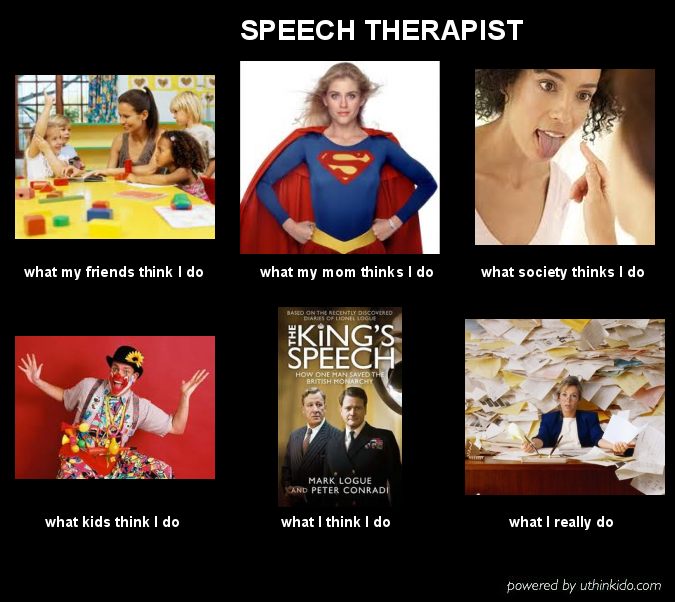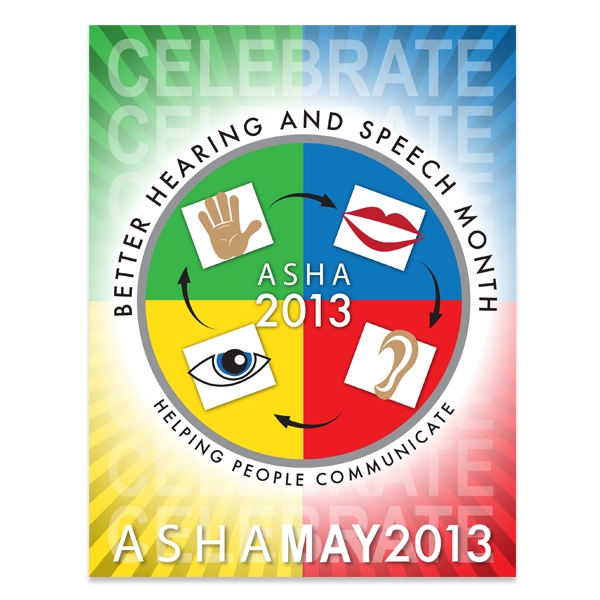Speech Therapy in the Media – Helpful or Hurtful?
Speech therapy in the media is rare. How often do you see an SLP on TV or in the movies? How about cartoons? It’s not often, though seeing a character with a speech or language deficit is more common (Daffy Duck, Elmer Fudd, Cindy Brady). The media’s image of speech therapy can definitely have an influence on the patient’s expectations and perceptions of the profession. Take Aflac’s most recent commercial, for example, in which their iconic and loveable duck undergoes speech therapy. While its nice to have attention towards the profession, it begs the question, is this image helpful or hurtful?
Taking a look at Aflac’s most recent commercial, one can see the message is positive: speech therapists are helpful and friendly. According to Aflac she “exudes humor and charm.” But it certainly leaves a lot of points lacking in the technique department; speech therapy is much more than saying the words louder, and slower with hand signals. The public’s perception of any profession is important but in the word of rehabilitation therapy, it’s also important to make sure patients and parent’s expectations aren’t mad unrealistic due to inaccurate portrayals or “miraculous” recoveries.
Non-fiction media attention can be influential on the public perception of the profession as well. Take for example the Gabby Giffords story. Her significant brain injury due to a gunshot to the head in 2011 resulted in severe aphasia with significant expressive language deficits. Her recovery since then has captivated many who then grew to be in awe of the power of communication therapy. Her triumph and success even led her to become last year’s invited guest speaker at the annual American Speech Language Hearing Association (ASHA) Conference.
One might also wonder if characters with speech and language disorders are helpful or hurtful towards the perception of the profession, or those affected by speech and language challenges. The one hot topic of the Sesame Street character Elmo and his use of the third person spurred much debate among parents and educators about good models for speech and language. Ultimately, there has been no evidence to show Elmo’s language influences the development of normal language development in preschoolers.
So how can SLPs combat and normalize perceptions? Through Better Speech Language and Hearing Month, in May of each year, speech pathologists typically try to inform the public about the role of speech pathologists, disorders related to speech and language and public health issues that might lead to prevention (such as noise reduction campaigns to prevent hearing loss). Materials for SLPs are available through the American Speech Language Hearing Association for practitioners to download during the month.




